Up Next

The addition of ‘sprint qualifying’ races at three grands prix in 2021 is new Formula 1 CEO Stefano Domenicali’s first major act to shake things up.
A second points-scoring race in an F1 weekend is a concept that would’ve been unthinkable a year or two ago – even though in many ways it’s far less radical than other format changes that could have been tried.
While teams have unanimously supported it as an innovation worth trying to add value to earlier parts of the GP weekend without compromising tradition and meritocracy too much, it’s received a very mixed response among the F1 fanbase.
And it’s got our writers thinking about the alternative formats that would have been much higher up our list than a Saturday sprint race.
Here are five things we’d have tried first.
A superpole session
Glenn Freeman
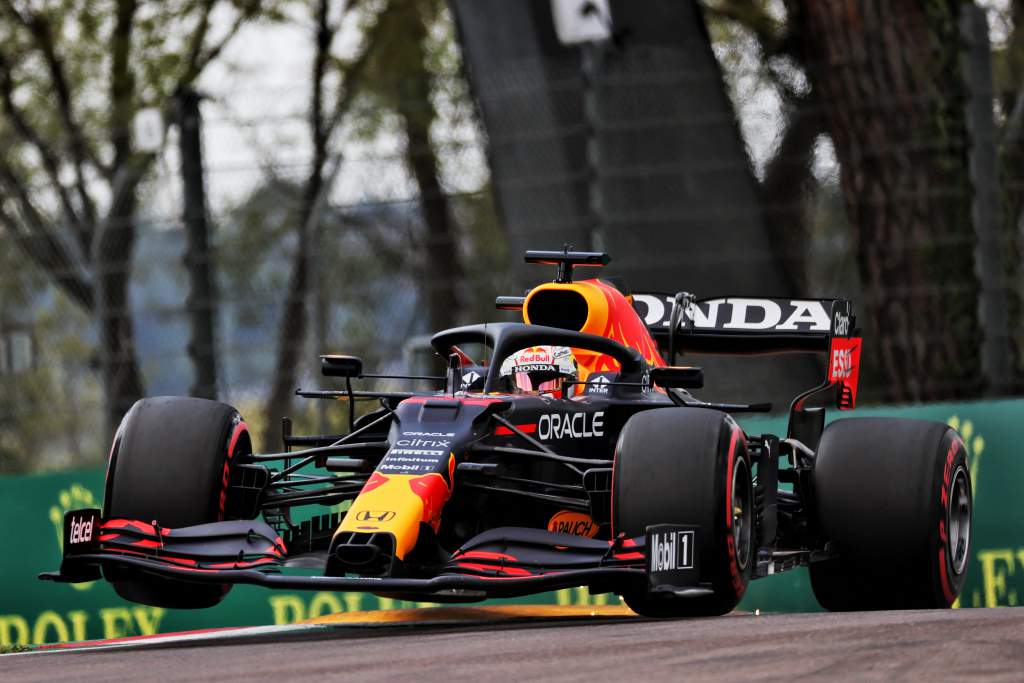
Suggesting a change to F1’s current qualifying format is often considered sacrilege. It’s popular and has worked well for more than 15 years now, but that doesn’t mean it’s perfect. Everything can be improved upon and developed.
The knockout format has achieved its main aim of giving us some action to watch in the first 40 minutes of qualifying. But in terms of spectacle, the crescendo of Q3 is the main bit that could be worked on.
Q3 isn’t a great watch. All the teams send their drivers out at pretty much the same time, and F1’s TV direction doesn’t do a great job of taking a punt on who is worth following. Most times we get to watch a full flying lap of the first car to leave the pits, then the start/finish line camera shot is held in place while we watch every other car cross the line.
Presumably that’s so we don’t miss the pole lap being completed. But usually it also means we only saw the last 5-10 seconds of that lap. Sure, the TV channels can show it in full afterwards, and F1 can post the onboard lap on its social media channels. But that’s not the same as seeing it live.
If Q3 became a superpole format, where cars ran one at a time, we’d see every lap in full from the top cars.
It would also increase the pressure. Right now, with most drivers making two attempts in Q3, they always have a fallback of the second run. Let’s take that away from them.
Finally – given F1 seems obsessed with finding ways to mix up the grid without being brave enough to just mix up the grid – one-shot runs when it counts the most will occasionally create those natural variables that are so desirable. How often do we see the order after the first attempts in Q3 and think “Oh if only that was the grid…” before normal order is restored over the second runs.
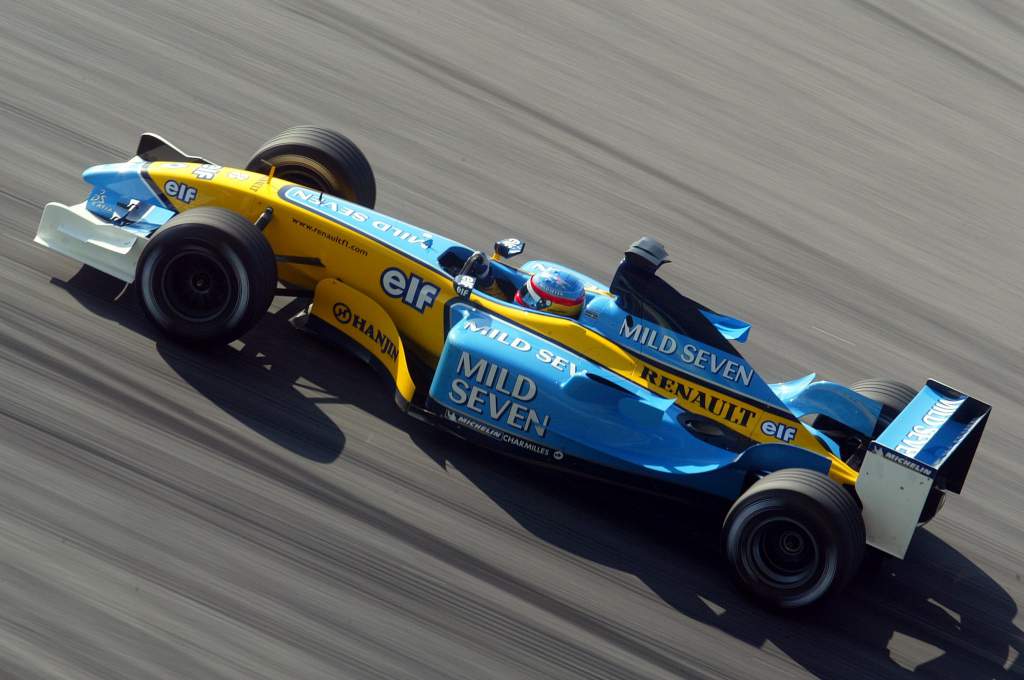
We had full one-shot qualifying before in various forms between 2003-05. It did a good job of occasionally mixing up the grid, as did the fact everyone was qualifying on their race-start fuel loads, but let’s not bring that back. A full hour of single-car runs wasn’t a brilliant TV spectacle.
Combining the best bits of that format with the demand for early track action that Q1 and Q2 already provide would be an excellent mix.
Wildcard third car entries
Scott Mitchell
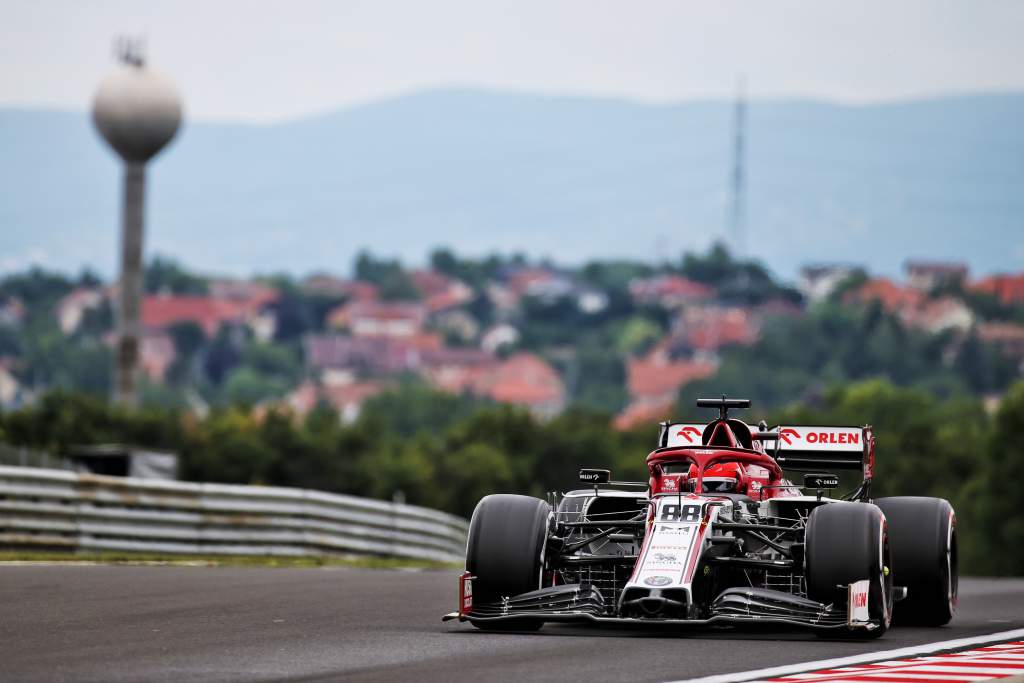
Once the best use of a qualifying race – a reverse-grid – was dead and buried I think F1 should have abandoned it and explored alternatives.
And I wish serious thought had been given to the potential for teams to run a third car at two or three events during the season. Imagine a third Ferrari at Monza or third Honda-powered car at Suzuka…
And that’s before we get into the fun of who could be recruited to drive them, whether it would be people outside of F1 or a bit of musical chairs in the existing grid (like Mercedes getting George Russell a one-off at Silverstone?).
I’ve thought about this a lot to try to best explain the thought process behind it, because I understand it doesn’t fit into a cost-cap world. The reason for wanting a trial of it is pretty simple: I’ve only ever heard it suggested as an off-the-cuff remark from a team boss or two, or drivers. I’ve never properly understood the arguments for or against and I’d be interested to see what F1, the FIA and the teams were actually capable of discussing.
Had it been considered prior to the budget cap – or even as part of the budget cap being reduced for 2021 – I think it’s at least realistic to believe it could have been factored in.
I’ve often felt that F1 trackside teams have become bloated in recent years, so perhaps it was a chance to reconsider how many personnel is necessary. That might have bought back a chunk of the human/financial resource to be able to run a third car at a few races.
But I don’t know – which is kind of my point. The Ross Brawn era’s mood of experimentation is a chance to find things like this out. Get the teams to seriously calculate the cost of the third car. And establish whether adding that number to the budget cap specifically for that purpose is really an insurmountable hurdle.
Maybe it would have been. But I’d like to know. Because costs aside I think it’d be a fantastic addition. A fascinating opportunity for a few drivers, a fun promotional opportunity for teams and a potential extra strategic element to factor into championship fights and point-scoring opportunities.
Regular format variation
Edd Straw
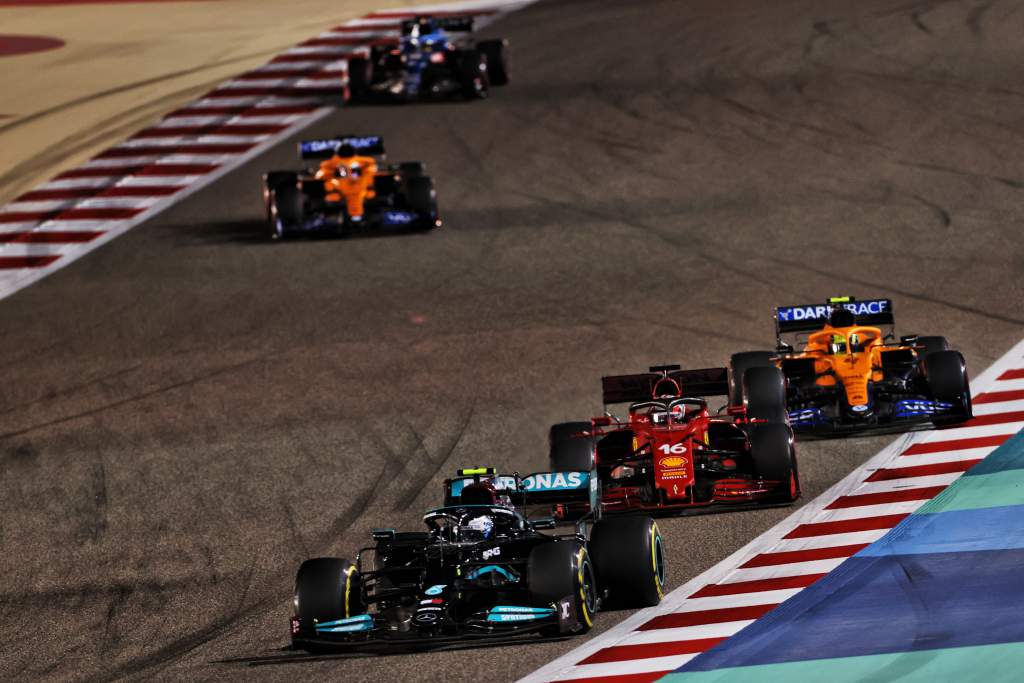
There’s no reason why the format for a grand prix weekend should be identical to all of the others, so in that respect the sprint race plan is a positive innovation.
But given the laudable objective is to increase the relevant action over an event, particularly on a Friday, there is the possibility it could be adopted full-time in the future.
The question is, why just that format? With 23 races on the calendar and the scope to go to as many as 25 under the current Concorde Agreement, there is plenty of opportunity to deploy variable formats. This will keep the teams on their toes and stop them settling into a repetitive routine, as well as offering the fans more variety.
It would also allow the format to be tailored to the track. For example, it’s legitimate to argue that a reverse-grid race at Monaco would be problematic, so F1 isn’t backed into the corner of having to use it. But that format could work far better at a circuit where overtaking is easier, say Bahrain.
All that F1 must ensure is that the structures used for weekends are equitable. That means no randomised grids that could lead to direct rivals starting the race in vastly difference situations simply by chance, but provided there’s a logical progression through the weekend and it offers some high-quality action on all three days of the weekend that produces a fair winner, then varying formats can work very well.
The one thing that should be preserved is points only for the grand prix itself. That’s the landmark event, the true headline grabber, and diluting that runs the risk of damaging the appeal of F1.
Some reverse/random grid elements
Matt Beer
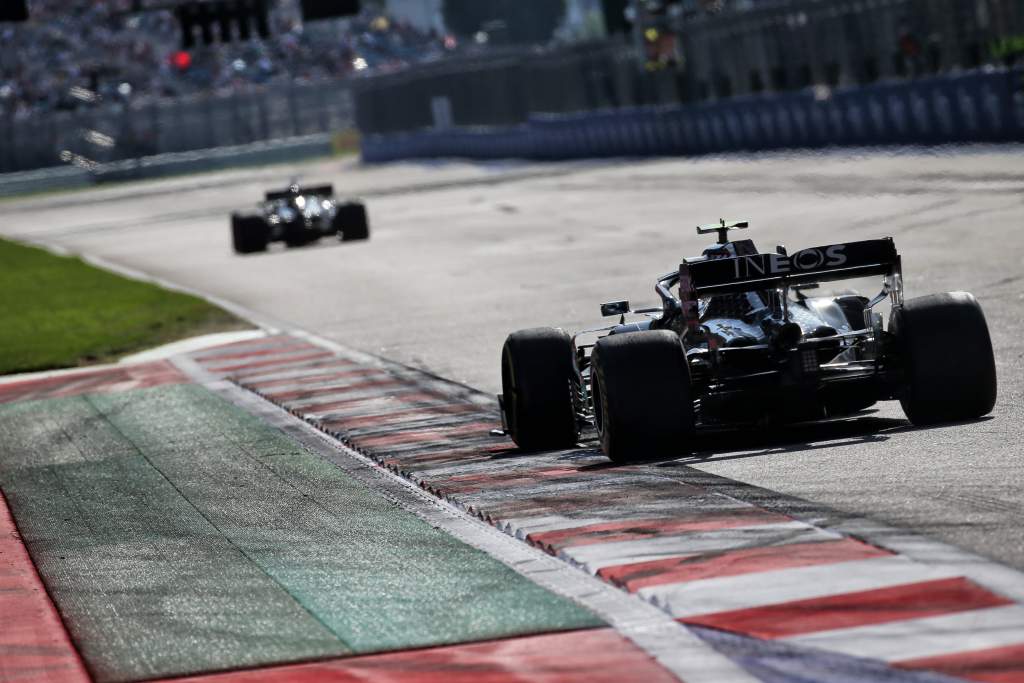
My colleague Edd Straw’s point above is spot on. Not every grand prix offers the heritage of Monaco, Silverstone, Spa or Monza, the fervent fan passion Zandvoort will and Interlagos does, or the high likelihood of entertaining lunacy provided by Baku.
It doesn’t take many moments to think of at least three (maybe as many as half a dozen) tracks on the F1 calendar that elicit mostly ambivalence. That’s where the format needs to be the star, and that’s where I wish the reversed-grid bullet could be bitten.
I don’t want reverse grids all the time, there’s lots about F1’s purity I really like. And I’ve got misgivings about formats that consistently penalise championship leaders, like success ballast or even Formula E’s qualifying system. Ten race winners in a season is exciting for diehards but risks losing the narrative of a proper title rivalry because the contenders make it through by finishing sixth a lot.
But a few invariably flat GPs each year – evenly spaced through the calendar – having a reverse championship order Saturday grid to set the main race starting order, that would instantly make me a lot more interested in, say, Paul Ricard and Sochi.
And I’m not tied to reverse meaning reverse championship order. To counter Edd’s dislike of randomised grids, I’d be up for a two-heat system of a pair of short Saturday races where a randomised grid order for heat one is flipped for heat two so everyone ends up with a roughly fair chance to get to the front once across the day.
Get the F1 drivers in equal (F2) cars occasionally
Valentin Khorounzhiy
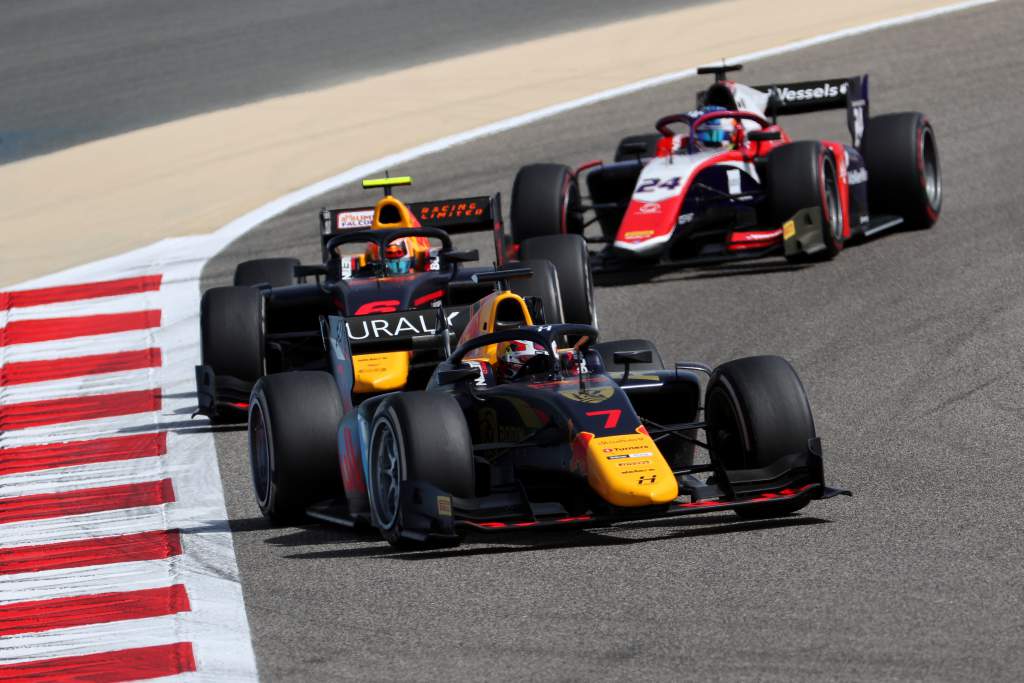
My dream F1 race is an F2 race. Not in the sense that I want F1 to be more like F2 – although maybe in certain ways that could be helpful – but in the sense that it would make for a deeply fascinating, transformative spectacle once a year.
The pitch is as follows. Take the whole array of the Dallara GP2s and the teams servicing them, and randomly match each F1 team with each F2 team.
Then, for one race a year, at some fun track, make F1 teams run F2 cars in some sort of hybrid, single-race format. Have it pay significantly reduced points in the constructors’ championship (as obviously there’s no ‘construction’ going on) but full points for the drivers.
Imagine how fascinating it would be to see F1 drivers duke it out in even-ish machinery over a full weekend. Imagine the opportunity it would give to those stuck in lesser seats. Imagine the quality of the action. Imagine how big a boost it would be to F2 teams.
Too big a departure? Maybe. But the spectacle would be worth the price. And, hey, if NASCAR can take its main series to a dirt track and have that count as a regular race, why shouldn’t F1 get inventive? Actually inventive, as opposed to 100km Saturday sprint race inventive.








